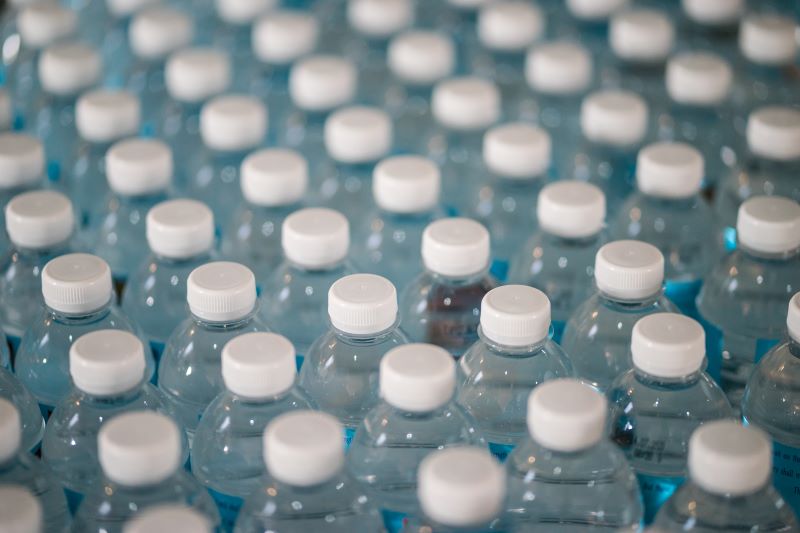
Should you keep lids on when recycling?
Are you looped in on what to do with lids and bottle caps? Would you say you’re lid literate?
Apologies for the lid alliteration (or should I say the alLIDeration!)… it’s almost as terrible as the impact lids are having on the environment!
The Envirobank community is amazing at collecting hundreds of thousands of containers across Australia, every week. However, if the plastic lids and bottle caps aren’t recycled in the right way it can un-do (or un-screw!) all your amazing efforts. The best resource to check is our Eligible Containers Guide.
Did you know that the plastic in the lids are different to the plastic in bottles? This means they need to be recycled differently. If recycling batches are contaminated with lids it can mean the whole lot might get sent into landfill (Noooo!).
When lids enter a recycling facility’s sorting process, they often get lost along the way because of their small size and weight, and are then sent on to landfills. What a waste – right!
Don’t give up all hope just yet – the more you know about lids, the more you can do to prevent them all going into landfill. Check out some of our liddle facts and tips to keep you on track!
Liddle Facts:
- When lids are included in the recycling at our drop points it can wreak havoc on our machinery – causing technical issues, risking personal injury, and delaying your Crunch Credits being issued! So always make sure to remove the lids before dropping them in.
- Loose lids on their own can be too small to be picked up by depot sorting machines which means they often get sorted out and end up in landfill.
- Plastic lids are among the top 5 items found during beach cleaning around the world. Over the last 30 years, more than 20 million plastic lids were found during beach cleaning activities around the world.
- Plastic lids are made of hard plastic and can take over 450 years to break down.
- Polyethylene Terephthalate (PET), or plastic #1, often comprises plastic bottles, while Polypropylene (PP), or plastic #5, often makes up the lids. So, what’s the big deal if the bottle is a #1 and the lid is a #5? It all comes down to the melting point, which has a difference of nearly 70 degrees Celsius between the two. If a lid gets mixed in with bottles, the entire batch may be ruined because there is un-melted plastic in the mix.
Keep lids on or off?:
- Place your loose lids into a larger plastic bottle, like a milk bottle, before adding them to your yellow council bin for recycling so they are contained and make their way through the recycling machines.
- Look for alternative ways to reuse them. For example, ask if your local schools and pre-schools would like to take some for their craft-hour.
- If you’re feeling creative, check out some online blogs for clever ways to turn lids into practical items or works of art.
- Or, check out what creative Sydney local, Becca, has been doing to turn plastic lids into wearable works of art!
So remember, lids may be little but they have a BIG impact, especially on our sorting machines and your Crunch accounts! Can’t remember what we can and can’t accept? The best resource to check is our Eligible Containers Guide.





